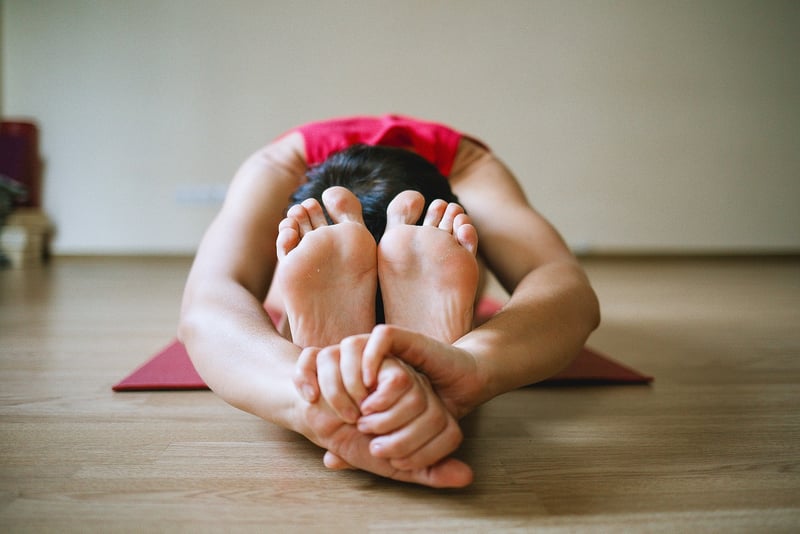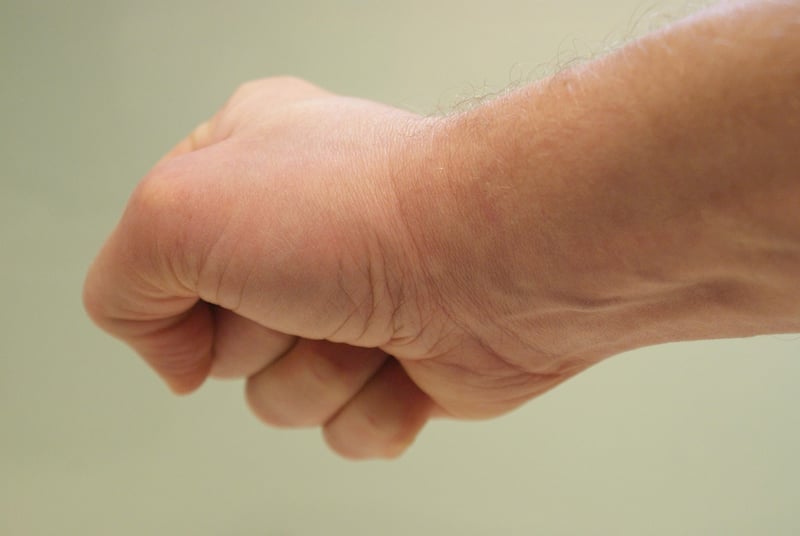Relaxation Techniques
Practices for Well-being and Relaxation Techniques
The Importance of Well-being
Well-being is essential for leading a balanced and fulfilling life. It encompasses physical, mental, and emotional health, and adopting practices to enhance well-being is crucial for overall happiness and productivity.
Effective Practices for Well-being
1. Mindfulness Meditation
Mindfulness meditation involves focusing on the present moment and observing thoughts and sensations without judgment. It can reduce stress, improve concentration, and promote emotional well-being.

2. Exercise Regularly
Physical activity not only benefits your physical health but also plays a significant role in mental well-being. Regular exercise releases endorphins, the "feel-good" hormones, which can boost your mood and reduce anxiety.

3. Connect with Nature
Spending time outdoors and connecting with nature can have a calming effect on the mind and body. Whether it's going for a walk in the park or gardening, nature can help reduce stress and improve overall well-being.

Relaxation Techniques
1. Deep Breathing
Deep breathing exercises can help relax the body and calm the mind. By focusing on your breath and taking slow, deep breaths, you can reduce stress and anxiety effectively.
2. Progressive Muscle Relaxation
This technique involves tensing and then relaxing each muscle group in the body systematically. It helps release physical tension and promotes relaxation.
3. Visualization
Visualization involves creating a mental image of a peaceful place or scenario to promote relaxation and reduce stress. It can help shift your focus away from negative thoughts.
By incorporating these practices for well-being and relaxation techniques into your daily routine, you can enhance your overall quality of life and achieve a greater sense of balance and tranquility.
